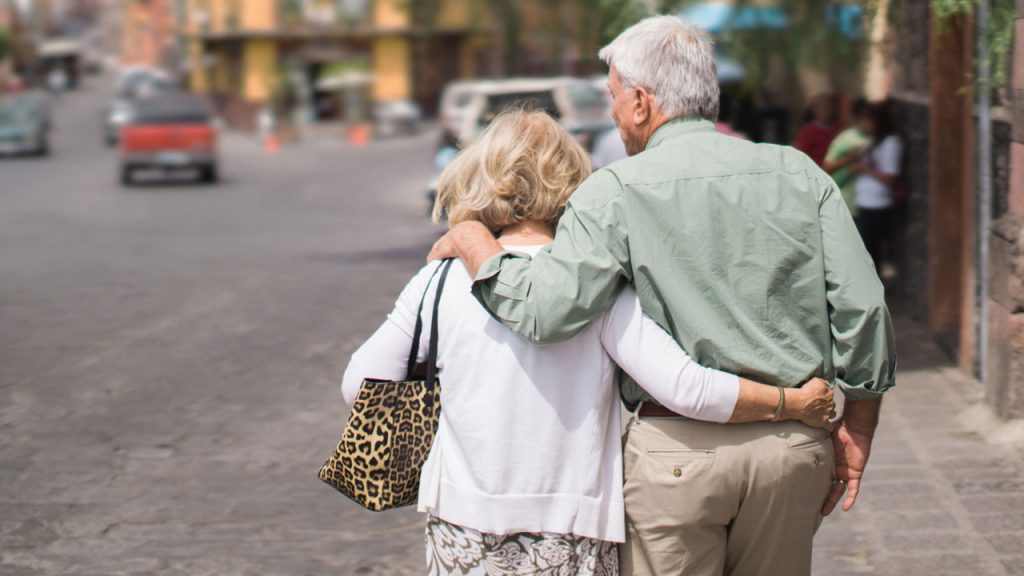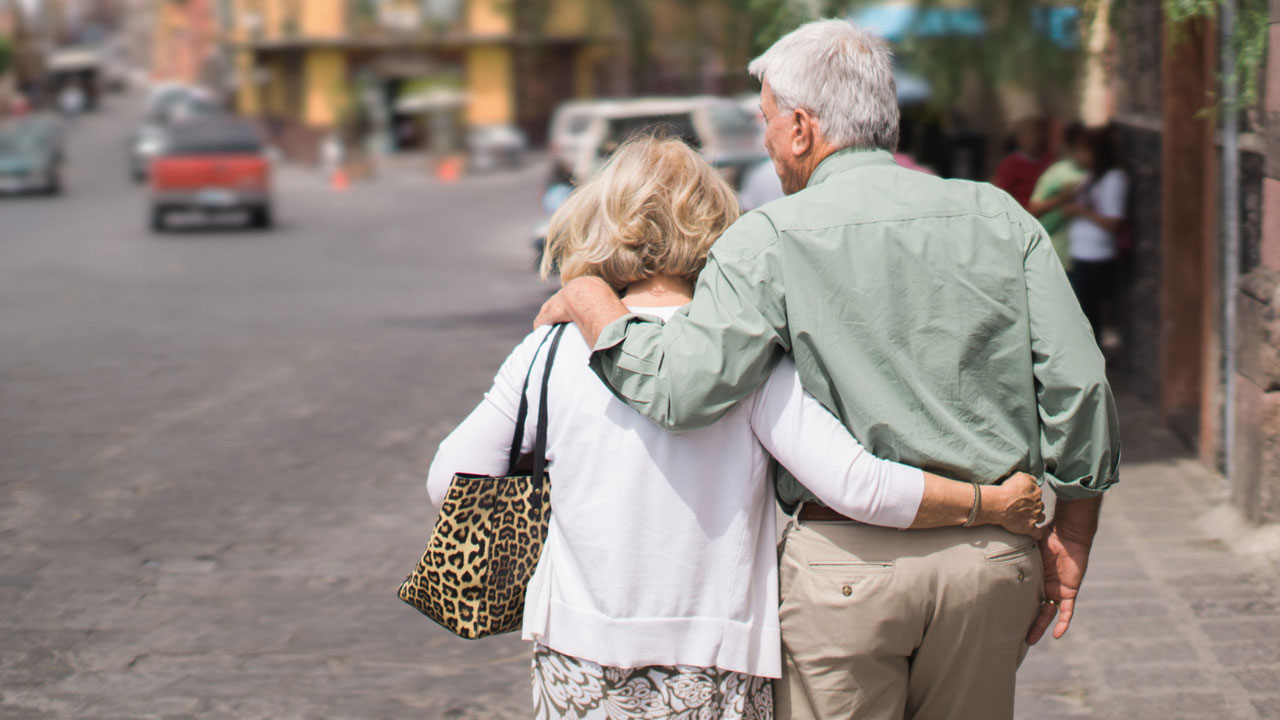
“How Social Bonds Contribute to Enhancing Health and Longevity”

**Revitalizing Connection: The Essential Call to Join or Die**
In an era of growing individualism, social fragmentation, and political polarization, the question of what binds us together as a community feels ever more urgent. The film *Join or Die* and the book *Solidarity: The Past, Present, and Future of a World-Changing Idea* by Leah Hunt-Hendrix and Astra Taylor provide timely explorations of the forces that shape our collective lives and the challenges of bridging widening societal divides. Together, these works paint a vivid picture of isolation as a public health and democratic crisis while offering visions of what solidarity and civic engagement could look like in the 21st century.
At the heart of *Join or Die* is Benjamin Franklin’s iconic 1754 political cartoon—a severed snake emblazoned with “Join, or Die.” Originally published during the French and Indian War, the image was meant to rally colonial unity for self-preservation. Over time, the cartoon became an enduring yet malleable symbol, used by forces as disparate as the American Revolutionaries and both sides of the Civil War. This flexibility drives home the tension inherent in calls for solidarity: who gets included, who is excluded, and to what end?
### Loneliness, Isolation, and the Stakes of the Social Fabric
Though the title of *Join or Die* may sound hyperbolic, its thesis is starkly literal: isolation, both social and political, can have dire consequences for individuals and societies alike. Research shows that people who lack strong social bonds face not only emotional hardship but also shortened lifespans. Social isolation carries health risks as profound as smoking or obesity, contributing to higher rates of depression, anxiety, and chronic illness. Loneliness, the film argues, is not just a personal problem; it is a systemic and political one.
At the heart of the documentary is the work of sociologist Robert Putnam, whose seminal book *Bowling Alone: The Collapse and Revival of American Community* chronicled the decline of civic participation in the United States from the 1960s to the late 1990s. Putnam and his former student Pete Davis, who co-directed the film, explore the steep costs of this decline, from civic disengagement to weakened community bonds. They also note the demographic transformation of participation: while the early 20th century saw a surge in civic group membership during the so-called “Gilded Age,” today the landscape looks strikingly different, shaped by growing inequality, intentional divisions, and shifts in public values.
### Transformative Solidarity vs. Reactionary Solidarity
What makes Putnam’s work relevant today is not just its documentation of civic decline, but its potential for reinvention. However, as Hunt-Hendrix and Taylor argue in *Solidarity*, solidarity itself is a double-edged sword. While transformative solidarity seeks to build collective power that benefits all, reactionary solidarity weaponizes communal bonds for exclusionary purposes. For instance, far-right groups have successfully leveraged isolation and fear, positioning themselves as bastions of identity and mutual support while scapegoating minorities, immigrants, and the marginalized.
On the flipside, transformational solidarity emphasizes inclusion, mutual care, and systems change. It is about forging bonds across lines of race, class, gender, nationality, and other differences—not to erase these distinctions, but to celebrate shared struggles against oppressive systems. Herein lies the challenge: how do we create spaces where diverse groups of people can come together meaningfully, not just to coexist but to take collective action?
### The Individual vs. the Collective: A Tactical Dilemma
The cultural forces driving isolation are undeniable. Consumer culture primes us to believe that fulfillment is an individual pursuit achievable through purchase rather than participation. Social media often amplifies division and performative connection rather than fostering real community. And, as the late union organizer Jane McAlevey points out in the film, the neoliberal push to elevate the individual above the collective was no accident; it was, in part, a deliberate strategy to roll back gains made by the Civil Rights, feminist, and labor movements.
The fractured state of public spaces further complicates the issue. As Eddie S. Glaude Jr. notes in *Join or Die*, after key civil rights victories such as *Brown v. Board of Education*, many communities abandoned shared spaces like pools and parks instead of integrating them. The result is what scholar Heather McGhee describes as “draining the pool,” a metaphor for racist policies that harm society as a whole, not just targeted groups. Public spaces, which once served as incubators for social bonds, are now often neglected or privatized, leaving few avenues for affordable and inclusive gathering.
### Building Communities of Care
Creating meaningful connection requires more than simply showing up—it demands robust, sustained systems of care. Bell hooks, in her writings on belonging, spoke of “rituals of regard” that weave the fabric of truly connected